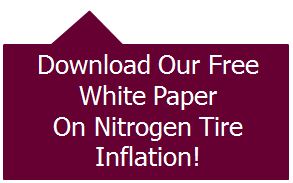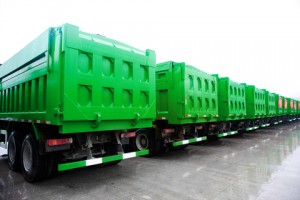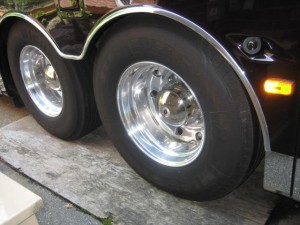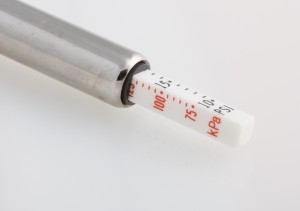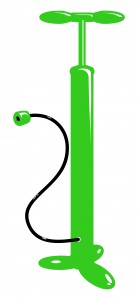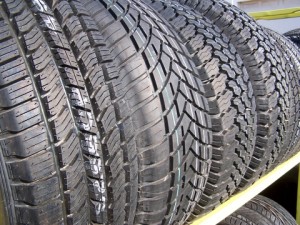 It’s inevitable that your tires will wear out after a few years of usage. Sooner or later, they will have to be replaced. The good news is that you have many options to choose from when it comes to buying new tires. You’ll have the opportunity to pick a set that’s best suited for your car. Of course, having many options can be confusing to the uninformed buyer. Better arm yourself with the following tips so that you’ll know exactly what to look for:
It’s inevitable that your tires will wear out after a few years of usage. Sooner or later, they will have to be replaced. The good news is that you have many options to choose from when it comes to buying new tires. You’ll have the opportunity to pick a set that’s best suited for your car. Of course, having many options can be confusing to the uninformed buyer. Better arm yourself with the following tips so that you’ll know exactly what to look for:
1) Size
Bigger vehicles need bigger tires. For example, compact cars have smaller tires than SUVs. This consideration is obvious and straightforward, but surprisingly, many people don’t get it right. They don’t give size much thought because they think it’s easy to determine. After all, just one look will tell you that a truck’s tire can’t fit on a two-seater sports car. However, a problem can arise when tires seem to fit, but actually don’t. A few millimeters off is not obvious to the naked eye, but it sure makes a difference in the car’s long-term performance. Precision is the key here.
Before buying a new set tires, check the specs of your car if you’re unsure about the exact size. You can usually find the information you need in the manual that came from the manufacturer. You can also look for the decal that has a listing of the tire specs on the glove box lid or on the door jamb.
If you don’t have the manual or the decal, you can refer to the sidewall of one of your current tires. You’ll see an alphanumeric code that begins with “P” running along its circumference. The three numbers following “P” indicate the tire’s width in millimeters. Next, you’ll see a slash, after which, you’ll see two more numbers that tell you the percentage of the tire’s height compared to its width. The next letter, “R,” identifies the radial construction. The two numbers after it represent the diameter of the rim in inches.
These numbers should be enough to tell you what size to get for your new set of tires. As a general rule, get tires with the same specs if your current tires have worked well for your car.
2) Weight
Two tires can look the same, but they may have different load-carrying capacities. Again, check your car’s specs to determine the maximum weight your tires should carry. The manual and the decal have that information.
The alphanumeric code on your tires has that, too. After the two numbers indicating the wheel diameter, you’ll see another pair of numbers. This corresponds to the load index of the tire. You can search for complete load index charts online to check the exact maximum weight that corresponds to your tire’s numbers, or you can go here. As a general rule, a high index means a high maximum load.
Take note that tires should not just support the car, but the passengers and cargo inside it. Thus, it’s not advisable to go for a new set of tires with a lower index than what your car is used to. It’s best to stick to the load index of your current tires.
You can also go higher if you know that your car will regularly carry a lot of people and/or stuff. Just make sure that the size and the other measurements match your car’s when you buy tires with a different load index.
3) Performance
Ultimately, your tires affect your car’s performance. It’s best to think about how you use your car when buying a new set of tires.
If you know you’ll be driving down some snowy streets, equip your car with all-season tires, or better yet, with specialized snow tires. Summer tires won’t be up for the job; don’t even try driving in winter with these on.
If you drive fast, choose tires with a high-speed rating. You can determine the rating by looking at the letter beside the load index in the alphanumeric code. The range is A to Z, with A being the lowest and Z the highest, but you’ll usually find a range that falls between Q to Z for most cars. Again, refer to charts that are searchable online, but for a quick reference, you can check this out.
Remember that these are just guidelines to help you get started on your search for a new set of tires. When in doubt, the best thing you can do is find a store that you trust. The salespeople will be more than happy to entertain any specific questions you may have about buying new tires.

